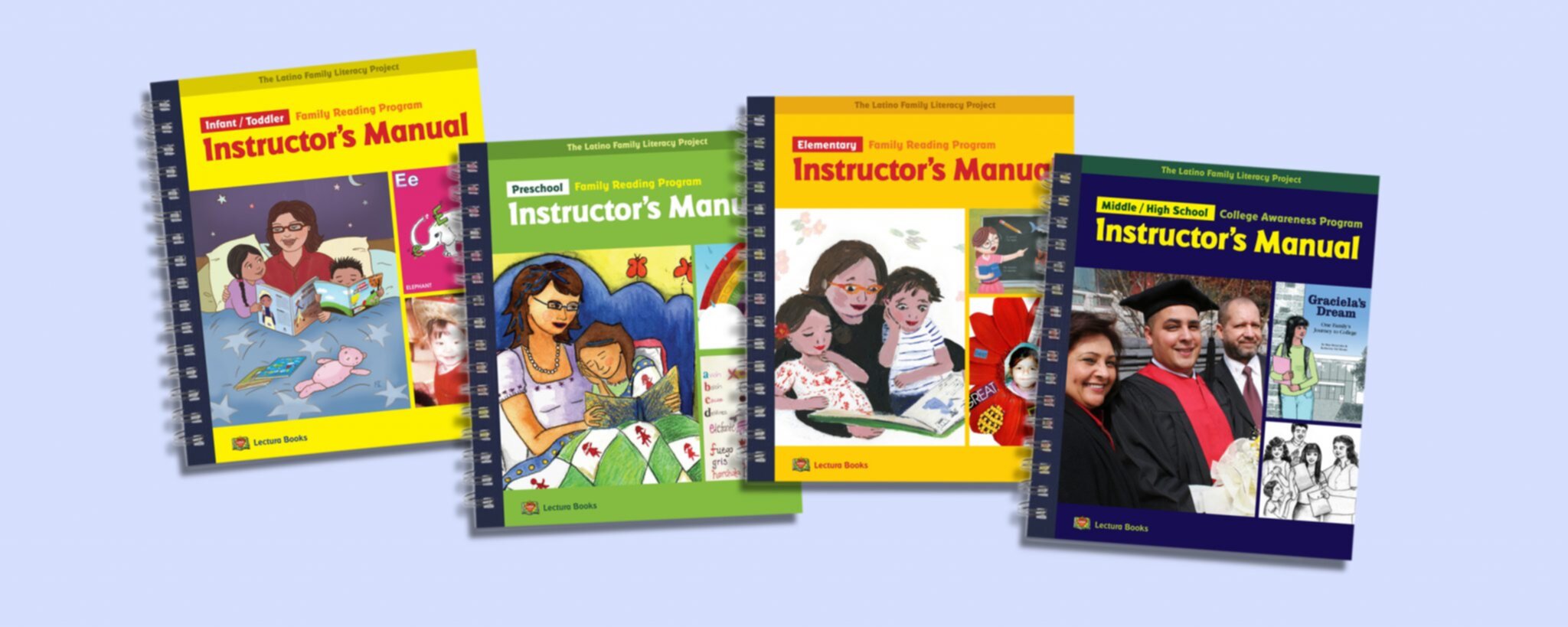Learning a new language can be challenging, especially for students who have recently migrated to the United States. Although there is no single method for the easiest way to learn a new language, over the past few decades researchers have come to many correlations.
What is the Easiest Way to Learn a New Language?
A study by the Center for Public Education sheds light on the complexities of language acquisition for English Language Learner (ELL) students. Here are the top findings on what is most successful for students maneuvering through language acquisition:
- Supporting the First Language: Introducing the new language, and not replacing an existing language, results in faster acquisition.
- Developing Oral Language: For many ELL programs and educators, this is the most challenging aspect, yet some experts consider it the most vital.
- Providing Reading Instruction: The correlation between vocabulary expansion and reading has been well documented, and this holds true for new language acquisition as well.
First Language Support
Research from numerous sources, including extensive data from The National Literacy Panel for Language Minority Children and Youth, illustrates how vital it is to encourage the retention of an English learner’s primary language.
With that in mind, along with the research on balancing reading and oral language development, educators can form customized strategies to support language learning. Students can gain a new language without sacrificing their understanding of other subjects.
Opportunities for Oral Language Development
Returning to a key point made in the study, oral language is often the most neglected aspect of the language acquisition process.
- Students may be shy about speaking incorrectly and fall back to their primary language.
- Educators may find oral exercises time consuming and prone to distraction.
- Educators may not have strong resources for building effective oral activities.
Tools for Reading Instruction
Reading instruction tends to be the most intuitive form of instruction for many educators. Positive results are generally seen quickly as students model teachers’ who read aloud. They also gain vocabulary through pictures that go along with the stories.
This can tie into oral language development if savvy educators use books as a launching point for discussion. Programs such as The Latino Family Literacy Project offer dual-language English-Spanish bilingual books that allow students to gain a rich understanding of the story while exploring culturally relevant themes.
Overcoming Challenges
Because there is no consensus on the definition of being fully English proficient, educators must maintain a flexible approach and provide level-appropriate language learning materials and activities.
Unlike for those who are learning a new language in their own home country, immigrant populations have greater hurdles to overcome. Students must navigate academic expectations while acclimating to new cultural environments. Those educators who remain sensitive to this can help students thrive.


